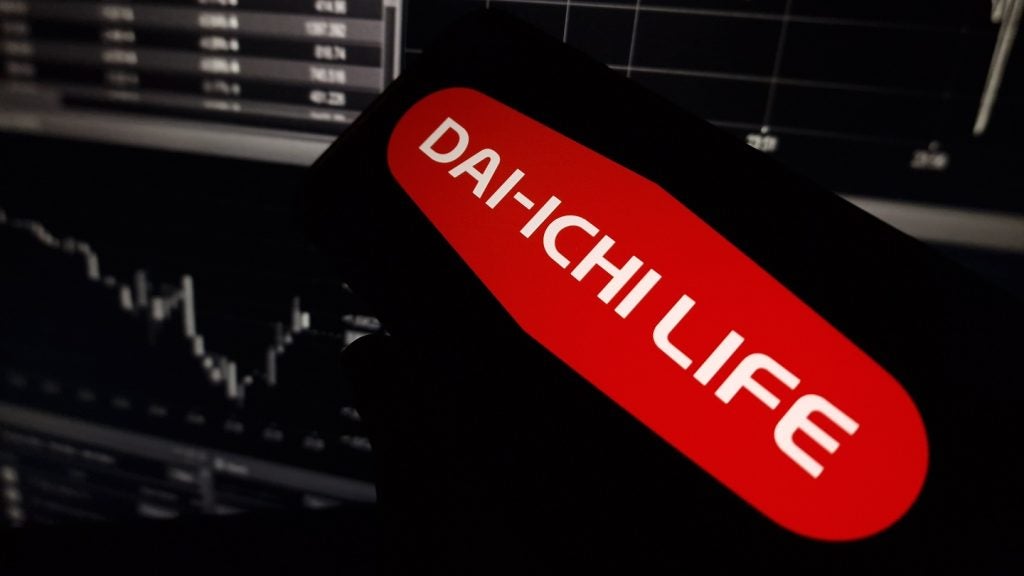 On 11
On 11
March, tragedy struck Japan when one of the one of the most
powerful earthquakes ever to hit the country occurred 74km off the
coast of the Oshika Peninsula.
Officially named Higashi Nihon
Daishinsai (Great Eastern Japan Earthquake) by the Japanese
government, the devastating tsunami which followed in its wake left
thousands dead and billions of dollars of damage in its wake.
By early-April, the National Police
Agency of Japan confirmed that 12,596 people have died while a
further 14,747 are listed as missing and presumed to be dead. In
addition, the agency estimates the number of homes and other
structures damaged or destroyed to be at least 203,000.
In addition to the initial
earthquake and tsunami, global reinsurance intermediary Aon
Benfield reports that there have been some 830 aftershocks
following the main earthquake which had a magnitude of nine.
“At least 57 of the 830 aftershocks
that followed the main tremor registered above magnitude-6, all
sizeable events in their own right,” noted Aon Benfield president
of impact forecasting Steve Jakubowski.
How well do you really know your competitors?
Access the most comprehensive Company Profiles on the market, powered by GlobalData. Save hours of research. Gain competitive edge.

Thank you!
Your download email will arrive shortly
Not ready to buy yet? Download a free sample
We are confident about the unique quality of our Company Profiles. However, we want you to make the most beneficial decision for your business, so we offer a free sample that you can download by submitting the below form
By GlobalDataEstimates of the final costs of the
earthquake to insurers vary considerably. For example, the Japanese
government estimates the total economic loss at between about
$200bn and $310bn while the World Bank estimates insured losses at
between $14bn and $33bn.
Another set of estimates has been
made by consultancy Towers Watson which puts the total for domestic
and foreign insurers at between $19.9bn and $44.7bn. The total
economic cost of the natural catastrophe is estimated at about
$300bn, according to Towers Watson.
Commenting, the consultancy’s
global product leader, property and casualty claims reserving,
François Morin, said: “Of the insured loss, only $12bn to $15bn
will be reinsured internationally; about 30% to 40% of the insured
loss or 4% to 5% of the overall economic loss.”
Morin added that to put the
insurance situation in Japan into perspective, some $65bn of about
$150bn in economic loss (43%) resulting from Hurricane Katrina in
the US in 2005 was insured.
 “Much of the insured amount was reinsured in the wider
“Much of the insured amount was reinsured in the wider
international market,” Morin noted.
Of the total estimated loss in the
2011 Japanese earthquake and Tsunami disaster, Towers Watson
estimates the portion that will be sustained by life insurance
companies at between $2.9bn and $4.6bn.
Adding further analysis to the
situation facing Japan’s domestic life insurers and foreign life
insurers operating in Japan, rating agency Moody’s Investor
Services estimates that the incremental claims losses could be in
the range of ¥300bn ($3.5bn) to ¥400bn.
In an analysis, Moody’s senior
credit officer Neil Strauss and senior analyst Kenji Kawada noted
that the figures are its “baseline” estimates and exclude the
occurrence of a significant release of radioactive material
impacting a broad area of Japan for an extended period of time.
“Under that stress scenario, we
could see downgrades of insurers with significant Japanese life and
accident and health exposure, given the expected higher mortality
and incidence of cancer and other severe illnesses resulting in
significant numbers of medical claims,” noted Strauss and
Kawada.
The rating agency analysts also
pointed out that, with very minor exceptions, insurance policies do
not contain nuclear, biological, or radiological exclusions.
Strauss and Kawada anticipate that
losses borne by life insurers are likely to track their share of
the market. Primary offerings by life insurers in Japan are life
insurance and ‘third sector’ policies which include accident and
health, medical, nursing care, supplemental health and cancer
products, noted the analysts.
Beyond losses resulting from
mortality and morbidity claims, Strauss and Kawada also anticipate
that life insurers will sustain revenue losses as a result of
business disruption, lower sales, and possible premium
suspensions.
Specifically, the Moody’s analysts
believe a decline in premiums may be initially driven by a
suspension of required premium payments, possibly for several
months, as some insurers and regulators react to the disaster by
protecting and supporting policyholders.
The analysts also believe that
given the pressing financial needs many consumers will almost
certainly face, premium income could be negatively impacted by some
policyholders lapsing their life and health insurance policies.
Strauss and Kawada also pointed out
that given the ongoing business disruption in Japan, they expect
sales activity of new business to be adversely affected over the
near-term.
However, they stressed that they
believe this will not be a permanent feature with an improvement
likely to be driven by economic recovery and reconstruction.
Strauss and Kawada concluded: “On the positive side, insurance
sales could actually increase over time as events such as hese
highlight the need for insurance coverage.”








